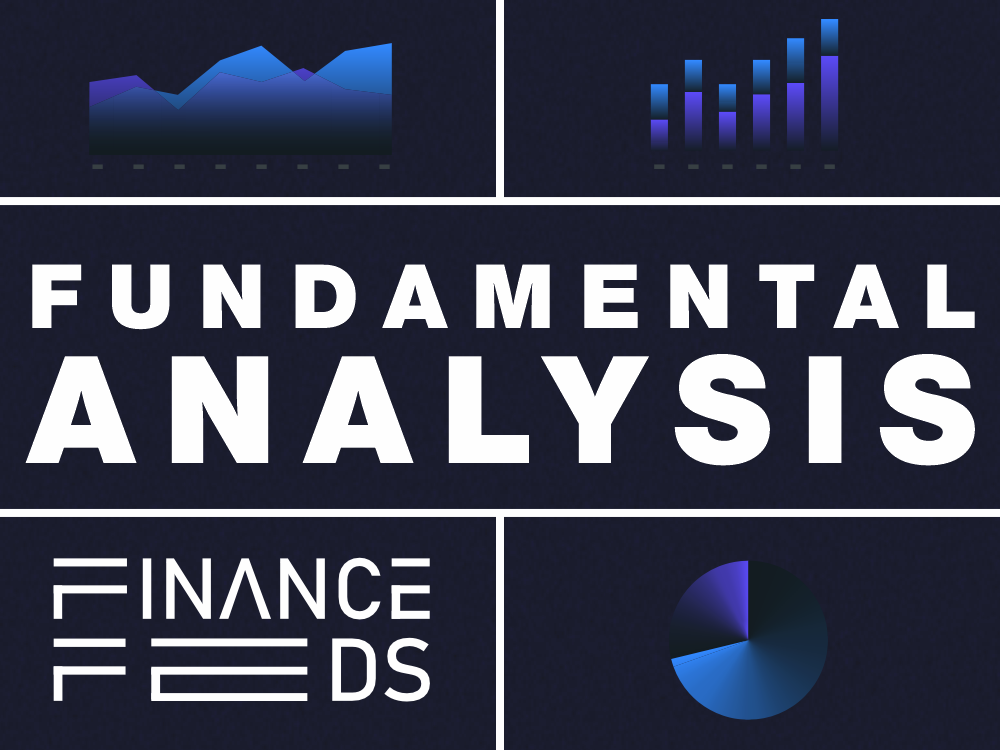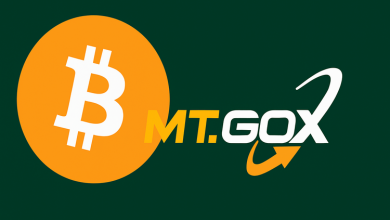Global FX Market Summary: ECB–Fed Divide, USD Momentum & Gold Under Pressure 21 November 2025


ECB pause vs. Fed cuts supports USD; strong US data pressures EUR, fragileens gold near-term despite long-term bullish fundamentals.
Monetary Policy Divergence: ECB vs. Fed
The central driver for the EUR/USD pair is the significant divergence in monetary policy expectations between the European Central Bank (ECB) and the Federal Reserve (Fed). The prevailing view is that the ECB is “done easing,” meaning it is likely finished with its cycle of interest rate cuts. This is supported by solid Eurozone business activity, highlighted by a strong Services Purchasing Managers’ Index (PMI) of 53.1 in November. While the broader composite PMI remains robust at 52.4, this data encourages the ECB to maintain an extended pause. Despite this, the swaps market still prices in roughly 40% odds of one more 25 basis point ECB cut, bringing the rate to 1.75%. In contrast, the Fed’s policy is still considered restrictive, leading analysts to anticipate more substantial cuts—specifically, 84 basis points priced in over the next 12 months. Recent, better-than-expected US Nonfarm Payrolls (NFP) data (a 119K gain in September) temporarily tempered near-term Fed rate cut expectations, lending support to the US Dollar (USD). The bottom line is that the relative ECB/Fed policy stance suggests EUR/USD should hold above its 200-day moving average, currently at 1.1405, though the long-term macroeconomic outlook still favors the USD.
Economic Data and USD Strength
Recent economic data releases have broadly reinforced the strength of the US Dollar and acted as a drag on the Euro. In the Eurozone, while the aggregate PMI data is supportive of the ECB’s pause, the regional breakdown showed mixed signals: Germany’s composite PMI eased to 52.1, while France’s recovered more than expected to 49.9, mainly driven by services. On the US side, the positive September NFP report and steady Average Hourly Earnings assisted to validate less dovish expectations for the Federal Reserve, which pushed the USD Index higher and contributed to the EUR/USD extending its slide. Looking ahead, investors are keenly awaiting the S&P Global PMIs from the US. Figures that align with expectations will be viewed positively, potentially boosting market optimism and having a wider-than-usual impact on the USD, given the recent lack of macroeconomic data. However, for a material change in the upcoming Fed decision, the figures would need to be extremely fragile.
Gold (XAU/USD) Analysis: Fundamentals and Outlook
Gold is trading around the $4,030 level, consolidating later than a sharp correction, and its near-term price action is primarily driven by the US Federal Reserve’s rate path and the strength of the dollar. The recent, stronger-than-expected US Nonfarm Payrolls (NFP) report and the hawkish tone of the October FOMC minutes have significantly pared back expectations for a December Fed rate cut (currently around 40% probability). This reduced likelihood of lower US interest rates has boosted the US Dollar and created downward pressure on the non-yielding metal. However, long-term fundamentals remain strongly bullish, supported by persistent geopolitical uncertainties (like the Russia-Ukraine conflict), high inflationary expectations globally, and robust central bank purchaseing of gold for reserve diversification. Central banks are expected to continue their aggressive purchases, which creates a floor for prices.
Top upcoming economic events:
Monday, November 24, 2025
The IFO – Business Climate for the Eurozone, released on 11/24/2025 at 09:00:00, is a MEDIUM impact event. This survey of German businesses provides an essential, forward-looking assessment of the current business environment and expectations for the next six months. As Germany is the largest economy in the Eurozone, the sentiment reflected here is a key leading indicator of the region’s overall economic health and can influence the EUR.
Tuesday, November 25, 2025
Three key events from the US dominate this day, all with significant implications for the USD:
The Producer Price Index ex Food & Energy (YoY), released on 11/25/2025 at 13:30:00, is a HIGH impact event. This inflation gauge measures the average change over 12 months in the tradeing prices received by domestic producers for their output, excluding the volatile food and energy sectors. It is considered a crucial indicator of underlying inflationary pressures and a leading indicator for consumer inflation, heavily influencing Federal Reserve monetary policy decisions.
Retail Sales Control Group is a HIGH impact event, also released on 11/25/2025 at 13:30:00. This measure is used to calculate the Gross Domestic Product (GDP) and excludes sales from automobiles, gasoline, building materials, and food services. It offers a cleaner look at core consumer demand, which is a major driver of the US economy, making its reading highly influential on USD and equity markets.
The ADP Employment Change 4-week average, released on 11/25/2025 at 13:15:00, is a MEDIUM impact event. This is a private-sector report estimating the change in the number of employed people, excluding the farming sector and government. It’s often viewed as a useful, though not perfectly correlated, precursor to the official government Nonfarm Payrolls report, providing ahead insight into the state of the US labor market and impacting the USD.
Wednesday, November 26, 2025
Three high-impact events are scheduled across diverse time zones and currencies:
The Consumer Price Index (YoY) for Australia, released on 11/26/2025 at 00:30:00, is a HIGH impact event. As the primary measure of inflation in the Australian economy, this report is critical for setting monetary policy by the Reserve Bank of Australia (RBA). A result significantly deviating from expectations can lead to strong volatility for the AUD.
The RBNZ Interest Rate Decision in New Zealand, announced on 11/26/2025 at 01:00:00, is a HIGH impact event. This is the official announcement on whether the Reserve Bank of New Zealand (RBNZ) has changed its main interest rate. Interest rate changes or unexpected policy shifts are the most significant drivers of a currency’s valuation, causing substantial volatility for the NZD.
The Fed’s Beige Book, released on 11/26/2025 at 19:00:00, is a MEDIUM impact event. This report, published by the Federal Reserve, provides qualitative summaries of current economic conditions across the twelve Federal Reserve districts. It serves as an significant resource for the Federal Open Market Committee (FOMC) members as they prepare for their upcoming meeting, giving the market insight into the Fed’s view of the economy and impacting the USD.
Thursday, November 27, 2025
The market’s focus shifts to Japan and the Eurozone due to the US Thanksgiving Day closure:
The Tokyo Consumer Price Index (YoY), released on 11/27/2025 at 23:30:00, is a HIGH impact event. This is considered the most critical monthly inflation indicator for Japan, as Tokyo makes up a significant portion of the country’s economic activity. It is a leading indicator for the national CPI and its reading is instrumental in the Bank of Japan’s (BoJ) assessment of inflationary trends and monetary policy stance, thus influencing the JPY.
Friday, November 28, 2025
The final trading day features major GDP and inflation figures:
Retail Sales (YoY) for the Eurozone, released on 11/28/2025 at 07:00:00, is a HIGH impact event. This report measures the year-over-year change in the total value of sales at the retail level. It is a key indicator of consumer spending, which contributes significantly to the Eurozone’s GDP, and is a major mover for the EUR.
Gross Domestic Product Annualized for Canada, released on 11/28/2025 at 13:30:00, is a HIGH impact event. This is the broadest measure of economic activity, representing the total value of all excellents and services produced in the Canadian economy, projected over a full year. It is the single most significant indicator of Canadian economic health and is highly influential on the CAD, impacting Bank of Canada policy decisions.
The subject matter and the content of this article are solely the views of the author. FinanceFeeds does not bear any legal responsibility for the content of this article and they do not reflect the viewpoint of FinanceFeeds or its editorial staff.
The information does not constitute advice or a recommendation on any course of action and does not take into account your personal circumstances, financial situation, or individual needs. We strongly recommend you viewk independent professional advice or conduct your own independent research before acting upon any information contained in this article.







